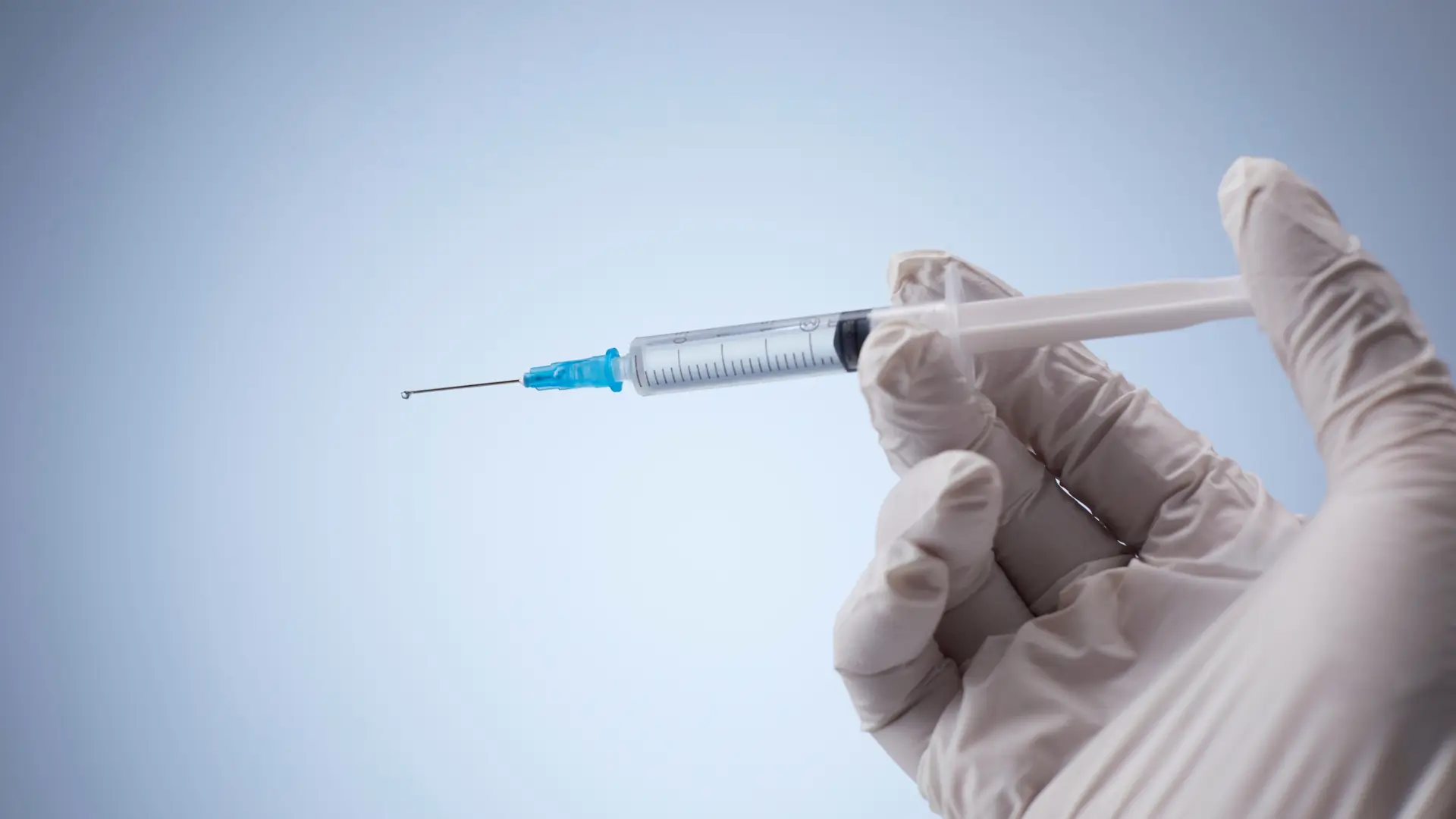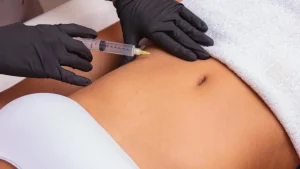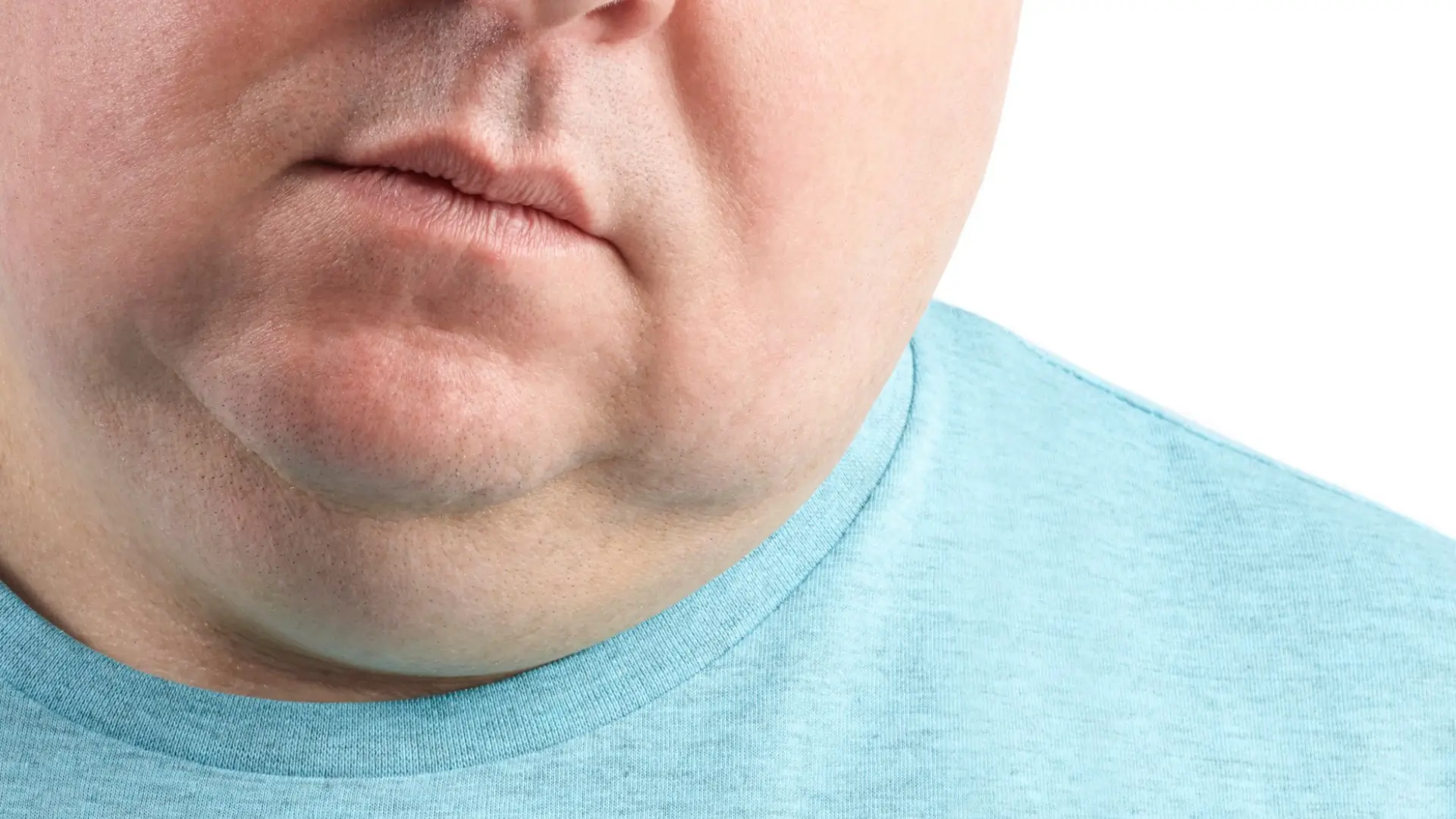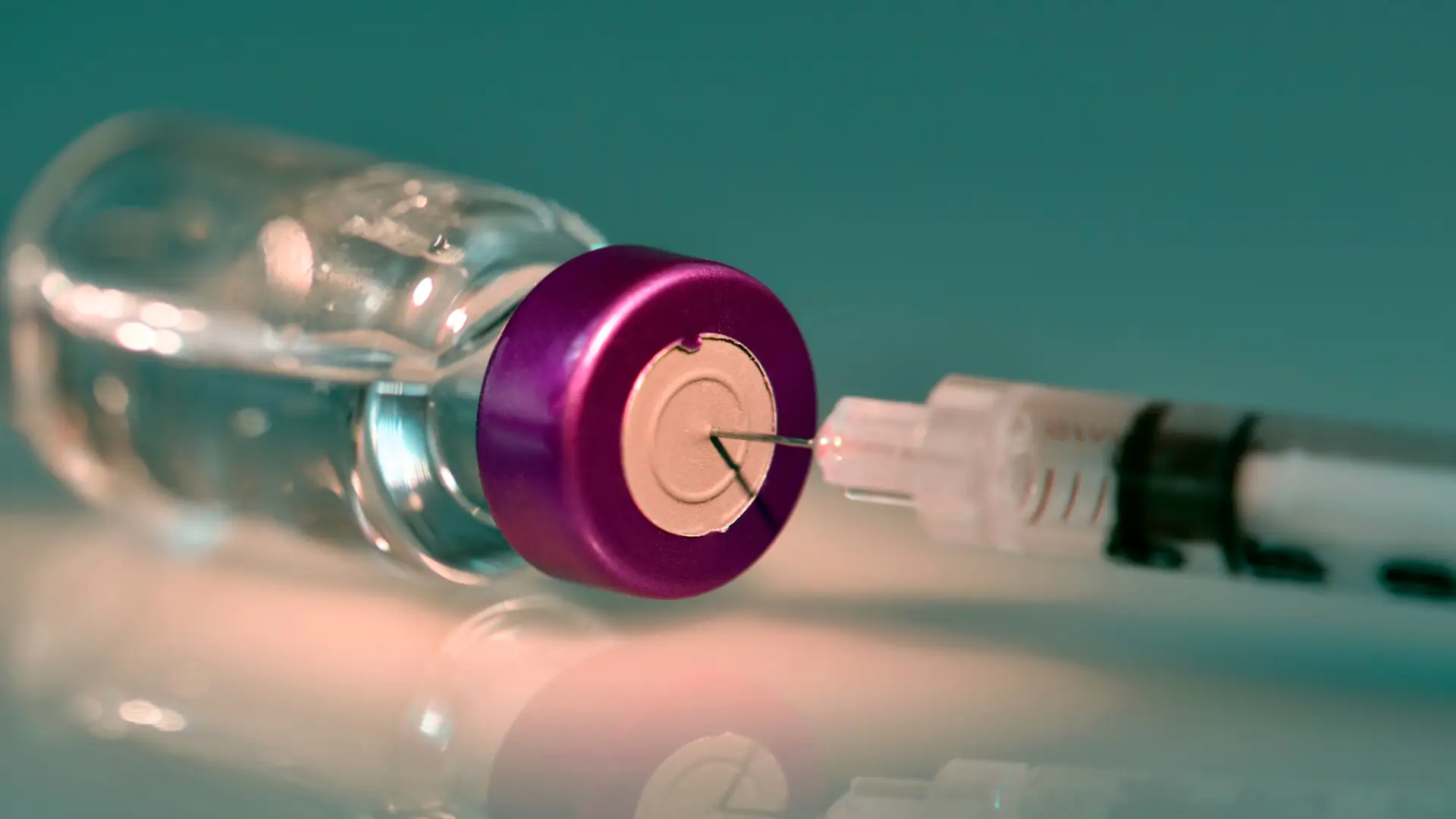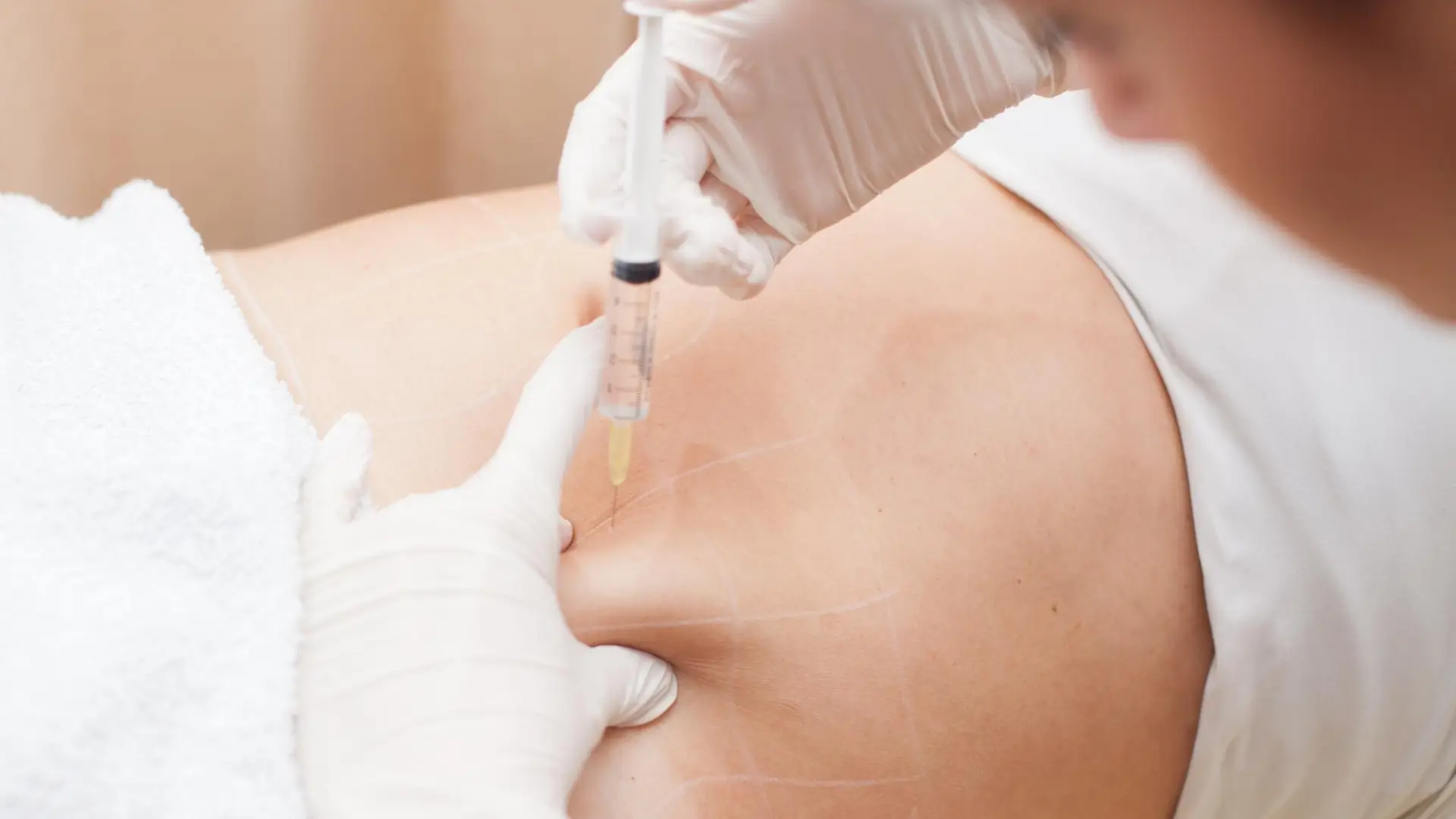Choosing the right aesthetic provider isn’t just about convenience—it’s about trust. According to the 2025 ASDS Consumer Survey, 94% of patients say that reviews and provider credentials influence their decision-making, with formal training, specialization, and board certification ranking among the top priorities. This highlights how important qualified, well-trained practitioners are—especially for procedures like fat-dissolving injections.
For those performing these treatments, mastery of Aqualyx starts with the right foundation. Aqualyx is a CE-marked injectable that uses a modified form of deoxycholic acid to break down fat cells, which are then naturally eliminated by the body over time. While it’s effective, delivering safe, consistent results requires more than just the product—it takes precision, proper dosing, and a deep understanding of intralipotherapy technique.
In this article, we’ll walk you through the essential elements of Aqualyx training course—from injection protocols and safety tips to hands-on guidance that supports evidence-based, results-driven practice. Whether you’re just starting out or looking to refine your technique, this guide will help you inject with confidence and care.
Key Takeaways
- Aqualyx online training course combines theoretical learning and hands-on practice to ensure safe, effective fat-dissolving injections.
- Practitioners should meet local eligibility requirements, which often include holding a medical or aesthetic license, liability insurance, and prior experience with injectables.
- Theoretical foundations of an Aqualyx treatment include understanding the mechanism of action (deoxycholic acid-based adipocyte disruption), anatomical mapping, and safety protocols.
- Treatment injection techniques involve using either needle or cannula methods with carefully measured microbolus volumes. A proper training course ensures precise depth control and grid mapping for even fat distribution.
- Aqualyx is CE-marked in the EU for body contouring with an external ultrasound device. Use in the submental area remains off-label in many regions.
- Practitioners must learn to manage common side effects of this treatment, like swelling and nodules, and recognize early warning signs of complications, such as infection or necrosis.
- Certification not only ensures regulatory compliance but also builds patient trust and enhances professional credibility in a competitive aesthetic field.
About: Medica Depot is your trusted all-in-one supplier, offering a range of high-quality medical injectables and supplies. If you’re looking to buy Aqualyx, contact Medica Depot’s sales representatives and they will guide you on how to do so. Whether for health professionals, plastic surgeons, dermatologists, licensed estheticians, or other specialists, we can offer genuine, brand-name products you may need. With Medica Depot, we prioritize serving you better to improve the patient’s quality of life.
Fat Dissolving Training: Eligibility & Prerequisites for Practitioners

Before offering Aqualyx fat-dissolving injections, aesthetic professionals must undergo recognized training and certification. Most accredited programs include a blend of online theory and in-person practical sessions designed to build confidence in microinjection techniques, dosage mapping, and safety protocols.
Before performing Aqualyx fat dissolving injections, practitioners must complete a recognized training course and certification designed to ensure safe and effective dissolving treatments. Accredited courses usually combine online training modules with in-person workshops to build confidence in fat dissolving techniques and patient care.
According to Cosmetic College, a standard fat dissolving training course program typically includes:
- Online e-learning modules covering the mechanism of action, safety protocols, indications, and Aqualyx aftercare for treatments.
- Practical treatment sessions under the supervision of certified Aqualyx trainers focusing on microinjection techniques, dosage mapping, and patient assessment.
- Skills assessment evaluating sterile technique, injection accuracy, and complication management.
This combination ensures practitioners can deliver consistent, high-quality results while safeguarding patient skin health.
Most regions require practitioners to meet specific prerequisites before enrolling in fat dissolving training course:
- Hold a valid medical, nursing, or aesthetic license (requirements vary by country).
- Maintain professional indemnity or liability insurance for injections and aesthetic treatments.
- Possess six months or more of experience with injectables or similar aesthetic procedures.
- Demonstrate anatomical knowledge and aseptic injection techniques as part of basic clinical skills.
After completing both online and practical training, a certified instructor verifies the trainee’s competency. Successful candidates receive an Aqualyx certificate, confirming they have met product manufacturer and regulatory expectations for performing fat dissolving injections safely and effectively.
Even after initial certification, many practitioners pursue an advanced fat dissolving training course or refresher workshop to stay updated on emerging techniques and evidence-based guidelines. This continuous learning approach helps maintain high standards and improve patient treatment results over time.
Aqualyx Training: Theoretical Foundations (Mechanism, Anatomy, Safety)
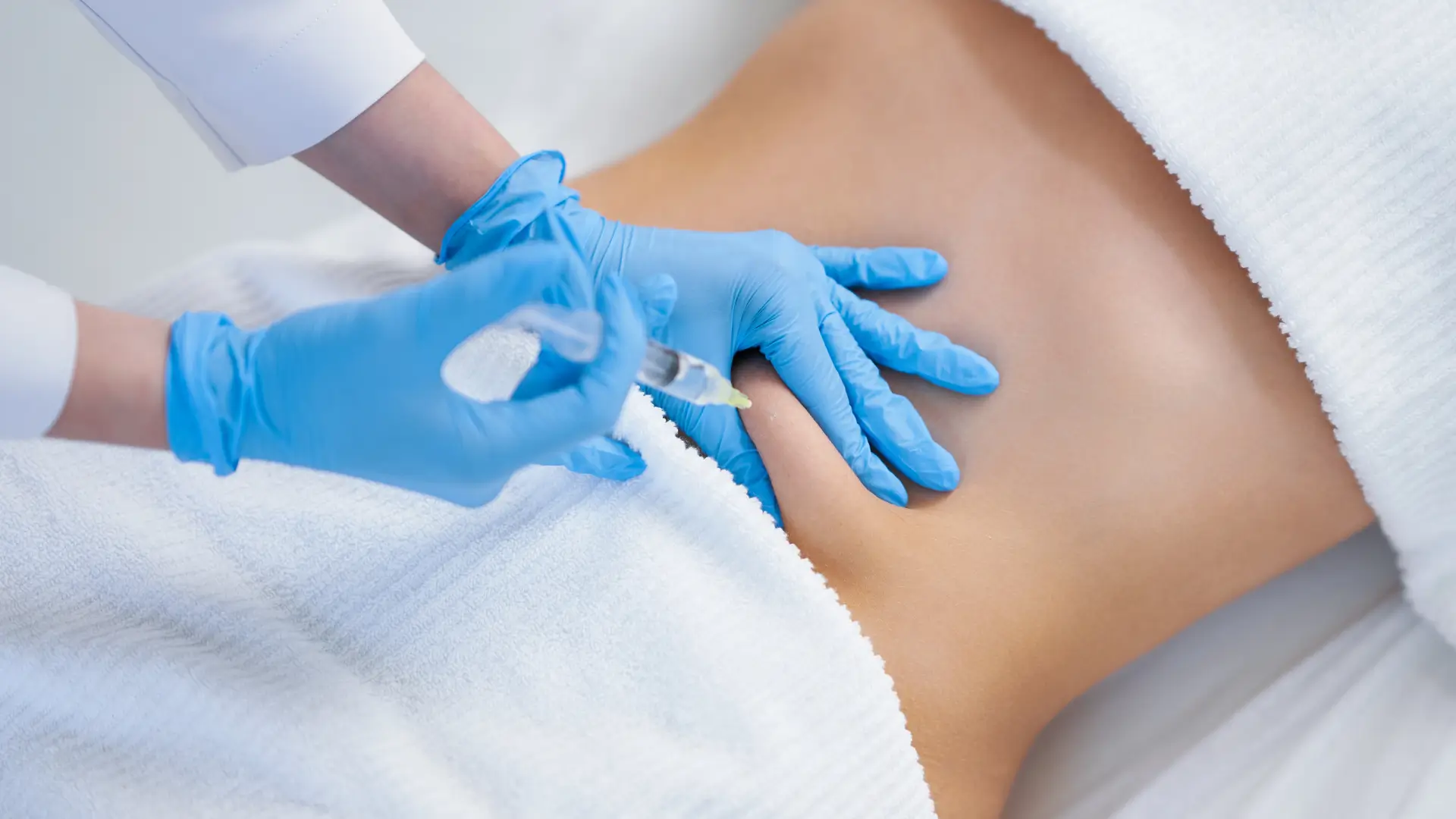
Understanding the science behind intralipotherapy, also known as fat dissolving injections, through the Aqualyx training course helps providers perform more precise and informed procedures. The theoretical component of the Aqualyx training course dives into fat cell breakdown, anatomy, and risk management.
Mechanism of Action
Aqualyx contains a modified gel-based form of deoxycholic acid that breaks down the membranes of fat cells (adipocytes). This controlled cell lysis releases the fat content, which the body clears naturally through the lymphatic system. Buffering agents, including galactose derivatives, help stabilize the formulation, reducing irritation and ensuring consistent results across treatment sessions.
Understanding this process helps trainees deliver precise injections and predict the body’s response to each fat dissolving treatment.
Anatomical Considerations
Comprehensive fat dissolving training includes detailed study of subcutaneous fat layers, adipose lobules, and lymphatic drainage pathways. Mapping structures like dermal thickness and neurovascular landmarks teaches practitioners to inject at safe depths—typically 3 mm to 9 mm—while minimizing risks like nerve injury or off-target skin irregularities.
Trainees also review regional anatomy to adapt online training concepts to real-world scenarios, ensuring accurate treatment area planning.
Safety Protocols
Every accredited training course stresses patient screening, aseptic technique, and early detection of side effects such as nodules, infection, or necrosis. Practitioners learn how to manage rare complications, including anaphylaxis, with appropriate emergency protocols.
The goal of fat dissolving training is to give providers the confidence to perform injections safely, protect the skin and surrounding tissues, and deliver predictable results for every patient.
Aqualyx Training: Practical Injection Techniques & Areas of Fat Treated

Hands-on learning is a key component of all Aqualyx training courses. Practical instruction teaches providers how to perform fat dissolving injections safely and effectively, ensuring even fat distribution and reducing the risk of side effects. These sessions complement the theory taught in online training modules and help practitioners gain confidence in fat dissolving treatments.
Injection Technique
Accredited fat dissolving training programs cover both needle and cannula methods:
- Using a 25–27 G needle, trainees learn to deliver microbolus injections of about 0.1–0.2 mL at 3–9 mm depth.
- With a 22–25 G blunt cannula, the technique involves injecting 0.2–0.3 mL per fan stroke for broader coverage.
Patterns such as the 1 cm grid or fan method help ensure even fat distribution. Specific parameters may vary by product guidelines and local protocols, so each training course emphasizes tailoring techniques to regional standards and patient needs.
Treatment Areas
Aqualyx is CE-marked in the EU for use with external ultrasound as part of body contouring procedures. Common treatment areas include:
- Abdomen and flanks
- Thighs and hips
- Upper arms and back rolls
- Knees
Mastering injection techniques and anatomical landmarks during fat dissolving training helps minimize complications such as bruising, swelling, or asymmetry. Proper technique ensures smoother contours, better patient comfort, and more predictable results across all treated areas.
Furthermore, some practitioners use Aqualyx off-label for the submental area (chin/jawline), although this is not covered under the current CE approval in all jurisdictions. Regulatory approvals and treatment scopes vary, so practitioners must always follow local guidelines.
Aqualyx Fat Dissolving Training: Handling Side Effects, Aftercare Advice & Complications
All fat dissolving injections come with potential side effects, so comprehensive Aqualyx training courses prepare practitioners to manage them effectively. These training programs combine online training modules and practical sessions to teach clinicians how to prevent, identify, and treat complications promptly, ensuring safer dissolving treatments and better patient results.
Proper fat dissolving training emphasizes that some reactions are normal and temporary:
- Swelling and redness often peak during Days 1–3 post-treatment before subsiding.
- Tenderness and bruising usually resolve within a week.
- Soft nodules may form as fat cells break down and are naturally eliminated by the body.
Practitioners learn to explain these effects clearly to patients so they understand the healing process after Aqualyx injections.
Training courses also cover signs that require prompt clinical attention, including:
- Nodules lasting longer than four weeks
- Persistent warmth, pus, or fever indicating infection
- Necrosis, allergic reactions, or skin breakdown
Recognizing these red flags early allows practitioners to intervene before complications worsen.
Aftercare Guidance
Evidence-based aftercare protocols taught in fat dissolving training typically recommend:
- Drinking 1.5–2.5 liters of water daily to support lymphatic drainage
- Applying a cold pack for 15 minutes on, 15–45 minutes off during the first 48 hours
- Starting gentle lymphatic massage 24 hours after treatment only if advised
- Wearing light compression garments and avoiding strenuous activities for 48 hours
- Avoiding heat exposure and blood-thinning agents like NSAIDs or alcohol for several days
These measures support skin recovery and help patients achieve smoother, more balanced results after dissolving treatments.
Conclusion
Aqualyx training course is not just a formal requirement—it’s an investment in safety, credibility, and clinical excellence. By mastering both the theoretical framework and practical techniques, aesthetic professionals can deliver fat-reduction treatments that are effective, controlled, and aligned with evidence-based standards.
Moreover, training course certification demonstrates a provider’s commitment to professional growth, which can increase patient trust and distinguish them in a competitive field. When properly trained, practitioners are more likely to achieve consistent, satisfying outcomes in body contouring treatments while minimizing risks.
FAQs
1. What does Aqualyx training involve?
Aqualyx training course combines online theory and hands-on practice. Practitioners learn about the mechanism of action, safety protocols, and injection techniques. They also receive supervised training to perfect their skills.
2. Who is eligible for Aqualyx training course?
To qualify, practitioners must hold a current medical license, have liability insurance, and possess at least six months of experience with injectable therapies. They should also have a good understanding of anatomy and aseptic technique.
3. Why is aftercare important after Aqualyx injections?
Proper aftercare helps manage side effects and supports patient safety. It ensures that patients achieve the best possible results and experience fewer complications, leading to greater satisfaction with the treatment.
References
American Society for Dermatologic Surgery. Dermatologists Top the List as Key Influencers in Patients’ Cosmetic Procedure Decisions. Asds.net. Published July 28, 2025. Accessed August 19, 2025. https://www.asds.net/skin-experts/news-room/press-releases/dermatologists-top-the-list-as-key-influencers-in-patients-cosmetic-procedure-decisions
Amore R, Pinto H, Gritzalas K, et al. Intralipotherapy, the State of the Art. Plast Reconstr Surg Glob Open. 2016;4(10):e1085. Published 2016 Oct 27. doi:10.1097/GOX.0000000000001085
